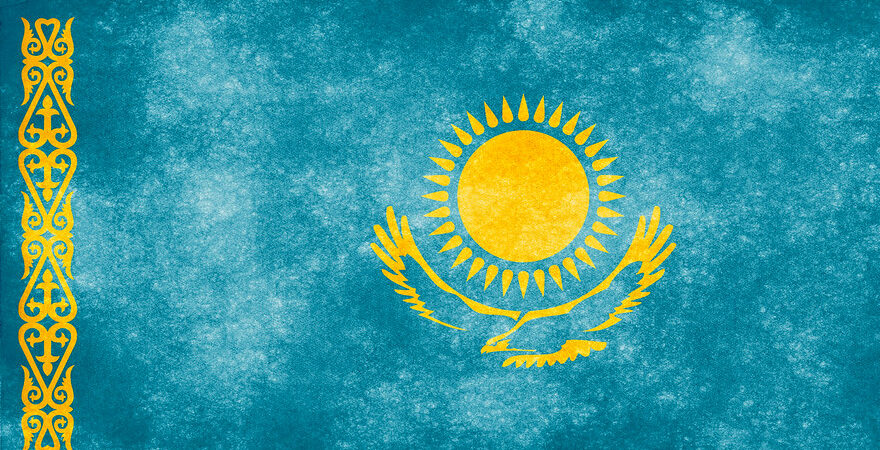What’s happening in Kazakhstan

In Kazakhstan, the president declared a state of emergency following protests against the rise in LPG prices. Facts, comments and analysis
On Wednesday Kazakhstan declared a state of emergency following protests that have been going on for days against rising fuel prices: tens of thousands of protesters stormed several government buildings in various cities and set them on fire; security forces used stun grenades and tear gas.
The state of emergency introduces travel restrictions and a curfew (11pm to 7am), as well as banning mass gatherings. Internet connections have been blocked.
President Kassym-Jomart Tokayev, in office since March 2019, today accepted the resignation of the executive and promised that he will respond harshly to the protests, reports the France-Press agency. Torkayev is the successor of Nursultan Nazarbaev, who ruled the country for nearly thirty years and still maintains a great influence today.
BECAUSE IT IS IMPORTANT
The news is relevant because demonstrations in Kazakhstan are rare. The country is subjected to an authoritarian and repressive regime (a dictatorship disguised as a presidential republic) which has often aimed at transmitting an image of stability abroad with the aim of attracting foreign investments in the extractive sector.
Kazakhstan – a close ally of Russia, as well as being a neighbor – is rich in raw materials such as oil, gas, zinc and uranium.
LPG, POVERTY, FREEDOM: THE CAUSES OF THE PROTESTS IN KAZAKHSTAN
The protests erupted after the removal, on January 1st, of the maximum price cap for liquefied petroleum gas (LPG). Consequently, the cost of fuel has more than doubled, igniting the anger of the population: many Kazakhs had installed LPG systems on their cars precisely because of the greater economy of this fuel.
The protests – explains the Washington Post – began in the Mangistau region, in western Kazakhstan, where living conditions are worse despite the abundance of oil resources. In these regions, 70 to 90 percent of vehicles run on propane, the main constituent of LPG.
According to the government, LPG price regulation was harming energy producers and liberalization was therefore necessary. Following the protests, however, President Tokayev ordered the reintroduction of the price cap on LPG and the extension of the measure to other fuels (petrol and diesel) and consumer goods.
The economic situation in Kazakhstan is also complicated by inflation: at the end of 2021 the year-on-year rate was 9 percent, the highest level in the last five years. The central bank raised interest rates to 9.75 percent.
According to analysts, the protests are also the signal of widespread popular discontent with the regime and the desire for more freedom. The anger is directed at the political-economic elites who concentrate the wealth of the country in their hands, while the rest of the population – around 19 million people – possess little.
DOES RUSSIA HAVE TO DO WITH THE PRICES OF LPG?
Davide Cancarini, an expert on Central Asia, explained on Twitter that "the situation in Kazakhstan is disconnected from Putin's gas policy": Russia has limited supplies to Europe with the aim of exerting pressure on Brussels and speeding up authorization procedures for Nord Stream 2, the pipeline with Germany.
The increases in LPG prices in Kazakhstan, Cancarini explains, “occurred for almost entirely internal reasons. And, right from the start, the economic demands were associated with political ones ".
This is a machine translation from Italian language of a post published on Start Magazine at the URL https://www.startmag.it/mondo/kazakistan-proteste-cosa-succede/ on Wed, 05 Jan 2022 14:16:53 +0000.
